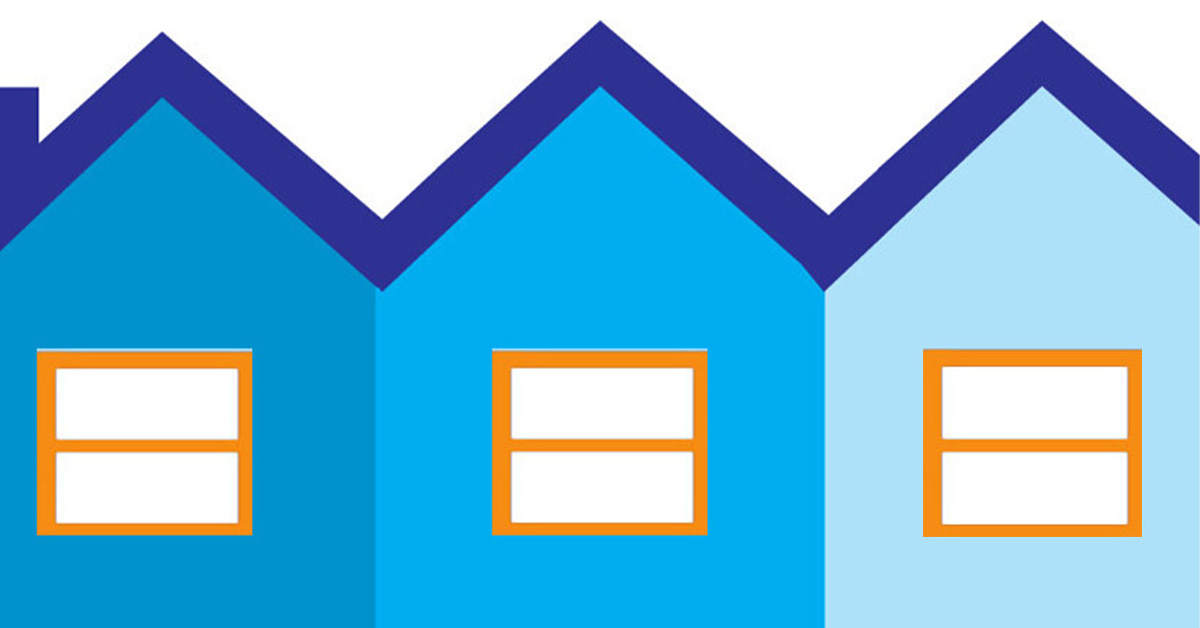Drop-off In Zombie Homes Tracks Broad Slowdown In Lenders Pursuing Delinquent Homeowners
ATTOM released its second-quarter 2024 Vacant Property and Zombie Foreclosure Report showing that 1.3 million (1,289,387) residential properties in the United States sit vacant. That figure represents about 1.3 percent, or one in 79 homes, across the nation – the same as in the first quarter of this year.
The report analyzes publicly recorded real estate data collected by ATTOM — including foreclosure status, equity and owner-occupancy status — matched against monthly updated vacancy data. (See full methodology below).
The report also reveals that 237,208 residential properties in the U.S. are in the process of foreclosure in the second quarter of this year, down 2.3 percent from the first quarter of 2024 and down 23.9 percent from the second quarter of 2023. Foreclosure activity has declined this year following a surge in cases that hit after a nationwide moratorium on lenders pursuing delinquent homeowners, imposed during the Coronavirus pandemic, was lifted in the middle of 2021.
Among those pre-foreclosure properties are about 6,945 sitting vacant as zombie foreclosures (pre-foreclosure properties abandoned by owners) in the second quarter of 2024. That figure is also down from the prior quarter, by 5.4 percent, and down 20.6 percent from a year ago.
The latest count of zombie homes continues a long-term pattern of those properties representing only a tiny portion of the nation’s total housing stock – currently at just one of every 14,724 homes around the U.S. The ratio is down from 13,905 in the prior quarter and from one in 11,577 in the second quarter of last year, to the lowest level since early 2021. Zombie foreclosures numbers remain so small that most neighborhoods around the country face little or no threat of the blight and decay those homes can spread.
The portion of pre-foreclosure properties that have been abandoned into zombie status, meanwhile, also went down slightly, from 3 percent in the first quarter of 2024 to 2.9 percent in the current quarter.
“Predictions of a huge spike in foreclosures after the moratorium, with the potential for a surge in zombie properties, never came true. Indeed, the opposite has happened, as abandoned homes in foreclosure continue to get harder and harder to find around the country,” said Rob Barber, CEO for ATTOM. “Some signs have popped up over the past year that the long U.S. housing market boom is giving back some of its gains, which could lead to declining equity and more foreclosures. We are still far from losing the benefit of having zombie properties nearly disappear from the housing market landscape.”
The dip in the number of zombie properties during the second quarter comes as the housing market remains buoyed by 12 years of price increases despite the recent markers of a slowdown.
The nationwide median home value dropped quarterly in the early months of 2024 by 4 percent, to $330,000, but was still up 3 percent from a year earlier, according to ATTOM’s home sales analysis. It has increased every year since 2012, more than doubling during that time. Those gains have fueled a historic rise in homeowner wealth to the point where almost 95 percent of owners paying off mortgages have at least some equity built up and nearly 50 percent owe less than half the estimated value of their properties.
Zombie foreclosures drop in more than half the country, remaining a non-issue in most neighborhoods
A total of 6,945 residential properties facing possible foreclosure have been vacated by their owners nationwide in the second quarter of 2024, down from 7,338 in the first quarter of 2024 and 8,752 in the second quarter of 2023. The number of zombie properties has decreased quarterly in 30 states and annually in 38.
As those numbers keep dwindling, the biggest decreases from the first quarter to the second quarter of 2024 in states with at least 50 zombie homes are in Ohio (zombie properties down 22 percent, from 597 to 466), Maryland (down 17 percent, from 104 to 86), South Carolina (down 14 percent, from 74 to 64), California (down 13 percent, from 310 to 269), and North Carolina (down 12 percent, from 67 to 59).
The only quarterly increases among states with at least 50 zombie foreclosures are in Massachusetts (zombie properties up 12 percent, from 68 to 76) and Illinois (up 1 percent, from 719 to 724).
Overall vacancy rates continue to hold steady
The vacancy rate for all residential properties in the U.S. has remained virtually the same for eight quarters in a row. It stands at 1.26 percent (one in 79 properties), unchanged from the first quarter of 2024 and virtually the same as the 1.27 percent level in the second quarter of last year.
States with the largest vacancy rates for all residential properties during the second quarter of this year are Oklahoma (2.27 percent), Kansas (2.18 percent), Missouri (2.06 percent), Alabama (2.04 percent) and Michigan (2.02 percent).
Those with the smallest overall vacancy rates are New Hampshire (0.36 percent), New Jersey (0.41 percent), Vermont (0.44 percent), Idaho (0.47 percent) and California (0.64 percent).
Other high-level findings from the second quarter of 2024:
- Among 168 metropolitan statistical areas in the U.S. with at least 100,000 residential properties in the second quarter of 2024, those with at least 100 properties facing possible foreclosure and the highest zombie foreclosure rates are Peoria, IL (18.6 percent of properties in the foreclosure process are vacant); Wichita, KS (8.4 percent); Cedar Rapids, IA (8.3 percent); Shreveport, LA (8.3 percent) and St. Louis, MO (7.8 percent).
- Aside from St. Louis, the highest zombie-foreclosure rates in major metro areas with at least 500,000 residential properties and at least 100 homes facing foreclosure in the second quarter of 2024 are in Cleveland, OH (7.2 percent of homes in the foreclosure process are vacant); Indianapolis, IN (6.5 percent); Baltimore, MD (5.2 percent) and Portland, OR (4.6 percent).
- Among the 35.1 million investor-owned homes throughout the U.S. in the second quarter of 2024, about 905,600 are vacant, or 2.6 percent. The highest levels of vacant investor-owned homes are in Indiana (5.5 percent vacant), Oklahoma (4.5 percent), Alabama (4.3 percent), Missouri (4.3 percent) and Kansas (4.1 percent).
- Among the roughly 11,400 foreclosed, bank-owned homes in the U.S. during the second quarter of 2024, 14.3 percent are vacant. In states with at least 50 bank-owned homes, the largest vacancy rates are in Ohio (26.6 percent), Indiana (23.3 percent), Illinois (21.2 percent), Michigan (20.5 percent) and Oregon (20.3).
- The highest zombie-foreclosure rates in U.S. counties with at least 500 properties in the foreclosure process during the second quarter of 2024 are in Broome County (Binghamton), NY (15 percent of homes in the foreclosure process are vacant); Marion County (Indianapolis), IN (9.3 percent); Cuyahoga County (Cleveland), OH (7.6 percent); Erie County (Buffalo), NY (6.6 percent) and Volusia County (Daytona Beach), FL (5.9 percent).
- Among zip codes with enough data to analyze, 89 of the top 100 where zombie properties represent the largest portions of all homes are in New York, Florida and Illinois. The largest portions are in zip codes 61605 in Peoria County, IL (one in 151 homes); 32206 in Duval County (Jacksonville), FL (one in 256); 10993 in Rockland County (West Haverstraw), NY (one in 287 homes); 61603 in Peoria County, IL (one in 296) and 10030 in New York County (Manhattan), NY (one in 303).

The Place for Lending Visionaries and Thought Leaders. We take you beyond the latest news and trends to help you grow your lending business.


